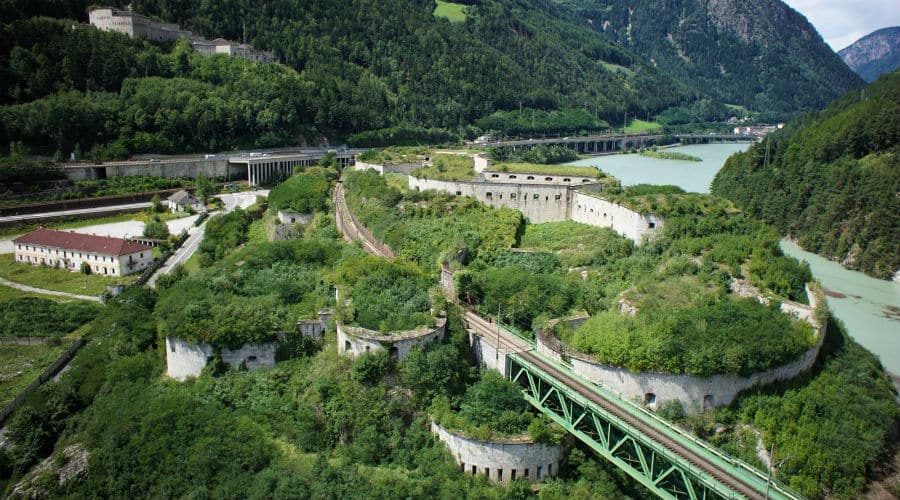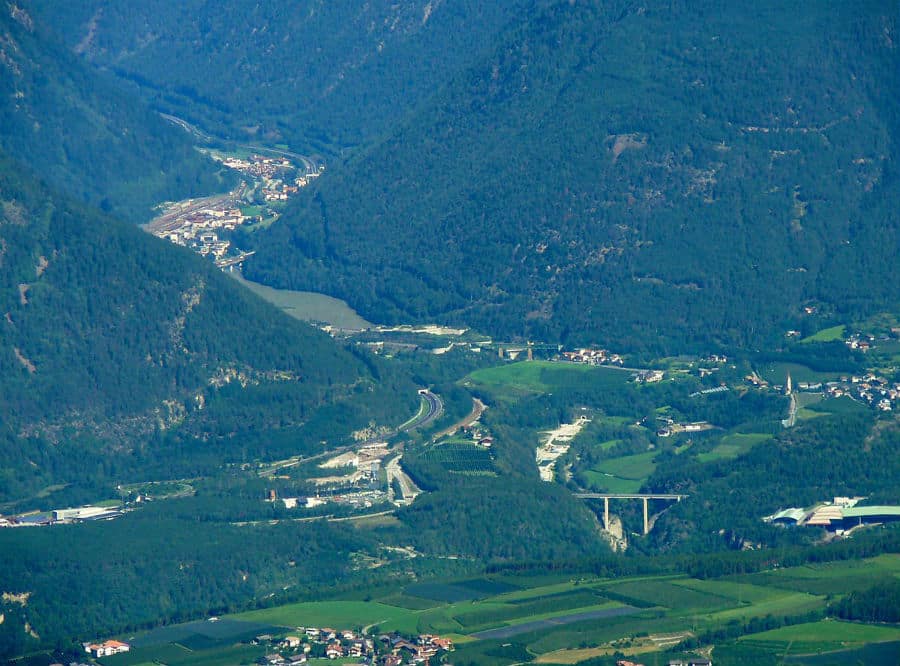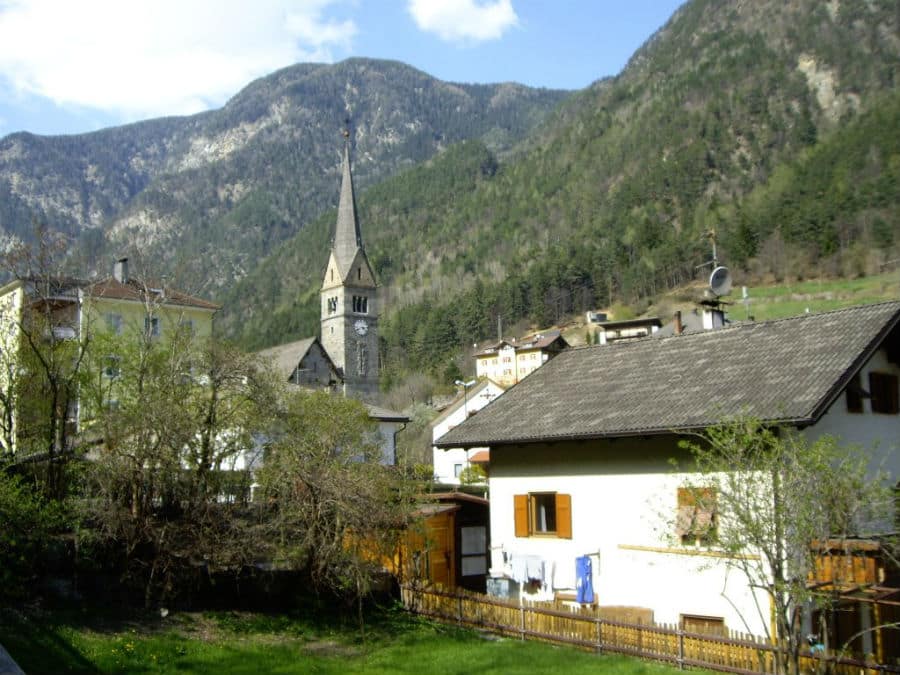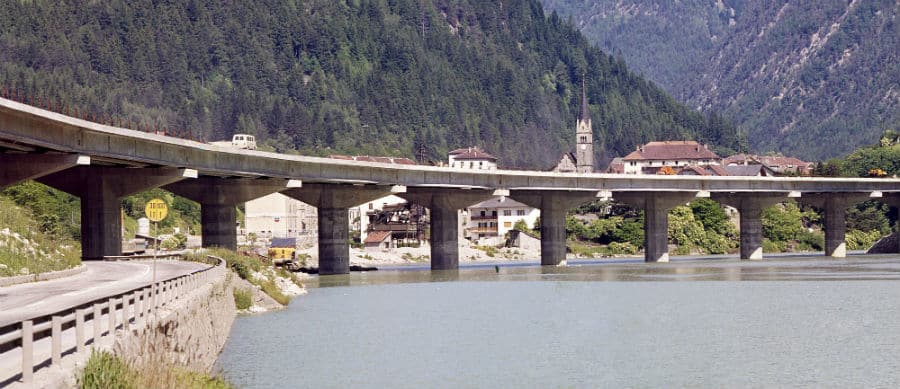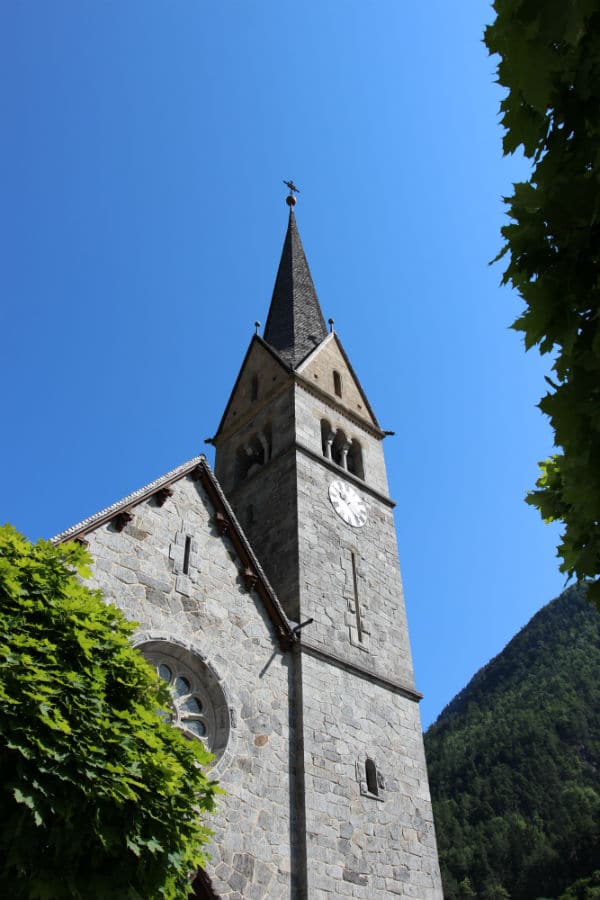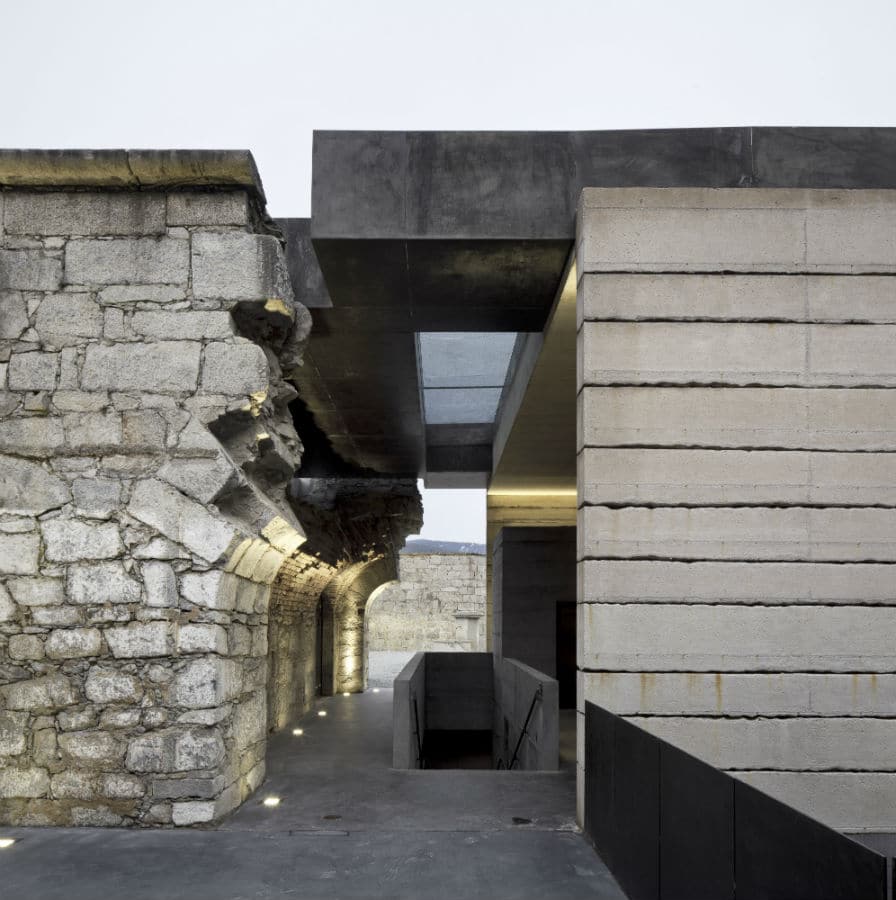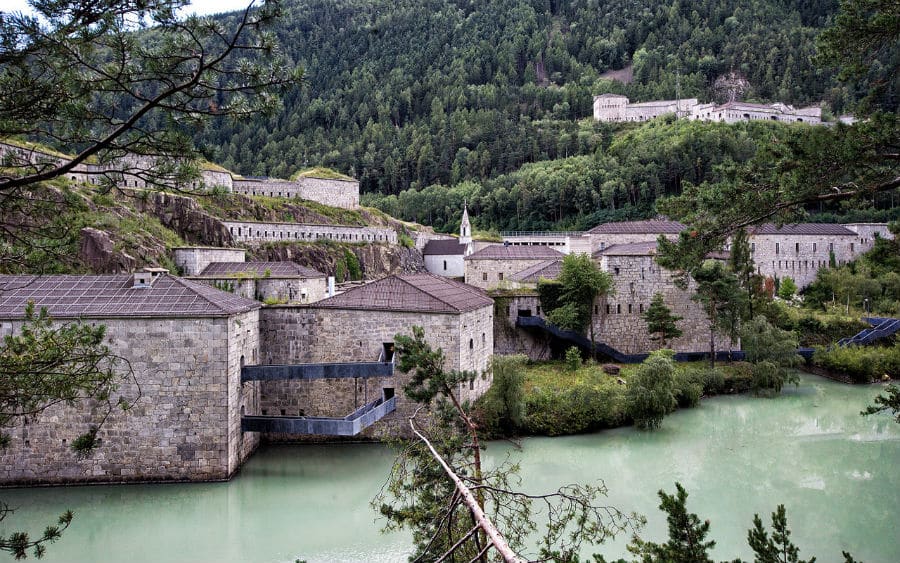Fortezza (Franzensfeste in German) takes its name from the fortress built at the time of the Austrian empire by Emperor Francis I: the Fortress, built from 1833 to 1838. The original name of Fortezza is therefore Franzensfeste which means the "Fortress of Francis". The village took its present name in 1942, previously called Mezzaselva to the Isarco/Mittewald Eisack am in 1923 and then only Mezzaselva/Mittewald (from 1923 to 1942), from the name of the town's most ancient of the town, today the hamlet. The name of the hamlet is attested since 1223 as Mittenwalde and means "in the middle of the forest", forest that in 1204 is attested as Wibetwald.
The fortress is a center of recent foundation; the village dates back to the XIX century, when began the construction of the railroad and the fortifications, to which the site is closely linked also in name. The village was originally Mezzaselva (Mittewald), still the cadastral Municipality, with the two inhabited Prà Sopra (Oberau) and Prà Sotto (Unterau). A small settlement was already present in 2500 B.C., as shown by the discovery of tableware home. The place has always had an important role in the transport of goods on the north-south axis; first as a track of amber between Greece, Sicily and North Europe, then in the Roman period, between Aquileia and regions of the Alps; it shows a section of the Roman road found near the village. Where is now located on the station in the seventeenth century stood a couple of masi, one of which, in time, transformed in inn with the name "Post-Reifer" and is still in operation.
The military importance of the place became evident during the Tyrolean rebellion in 1809, when general Lefebvre, under the command of 2500 Saxon troops, was defeated in an ambush by the Tyroleans of Andreas Hofer near the so-called Sachsenklemme (the "close of the Saxons"). Francis I Emperor of Austria at the time of constructing a defensive system, for fear of an invasion from the south, chose for its geographical location and its strategic location where the valley narrows and the rocky ridge that protrudes from the mountain was built a first system of fortifications. Work began on 17 June 1833 and the Habsburg Strong was inaugurated by Ferdinand I of Austria on 18 August 1838. The construction of the Fortezza - which was given the name of Francis I, precisely Franzensfeste - and subsequently of the railroad, contributed thousands of workers who found accommodation in Fortezza contributing to the development and growth of the country.
In 1867, with the opening of the Brennero railroad, Fortezza consolidated its role not only on the north-south axis, but also toward the Val Pusteria to Maribor, involving in the construction of the line in the southern part of the fortification. With the signing of the pact of the Triple Alliance (1882), part of the empires of Germany, Austria-Hungary and of the Kingdom of Italy, the fortress of Fortezza lost its strategic-military importance and was transformed into a ammunition depot role that maintained even when it went to Italy in 1918. In 1939 work began on the construction of the hydroelectric basin for the central Bressanone, needed for the electrification of the railway line; the works were completed the following year and Prà below was submerged by the invaded. In 1940 the fortress was elevated to town, became an important railway articulation and were built and the infrastructure necessary for the maintenance of locomotives is the lodgings for the staff.
Until the middle of the Nineties, Fortezza was an important customs and especially for his scalo livestock; has lost much of its relief after the opening of the borders, following the entry into the European Community of Austria. The coat of arms of the Fortress is constituted by the letter "Ypsilon" white upside down which symbolizes the streets for the village.
Certainly deserve a visit the fortress of Fortezza, the church of Mezzaselva and monuments of the battles that recall the battle of Tyrolean independence.


